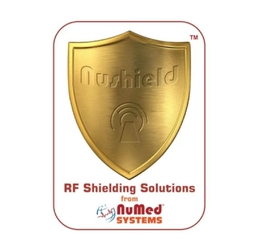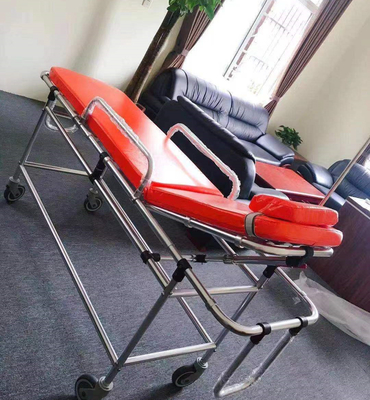-
Copper Foil Shielding
-
RF Shielded Doors
-
RF Shielded Windows
-
Radiation Protection Lead Glass
-
Non Magnetic Tool Kit
-
Nuclear Radiation Protection
-
Nuclear Radiation Detector
-
RF Shielded Chamber
-
Honeycomb Waveguide Air Vents
-
Conductive Adhesive Copper Tape
-
Copper Wire Mesh
-
X Ray Lead Glass
-
EMI Shielding Gasket
-
Electrically Conductive Fabric
-
Radiation Protection Door
-
Radiation Protection X Ray
-
Faraday Cage MRI
-
Copper Wire Wool
-
MRI LED Lighting
-
Non Magnetic Wheelchair
-
Non Magnetic Stretcher
-
 AnasBrass honeycomb vent Looks Very Nice
AnasBrass honeycomb vent Looks Very Nice -
 SatheeshMRI/RF doors are shining with handles, Thank you My friend.
SatheeshMRI/RF doors are shining with handles, Thank you My friend.
Patients Transport Non Magnetic Stretcher Use In 1.5 T Mri Machine Rooms

Contact me for free samples and coupons.
Whatsapp:0086 18588475571
Wechat: 0086 18588475571
Skype: sales10@aixton.com
If you have any concern, we provide 24-hour online help.
x| Size | 1920 Mm*630 Mm*720 Mm | Material | Non Magnetic Materials |
|---|---|---|---|
| Application | MRI/RF Room Shielding | Net Weight | 37.5 Kg |
| Max Load | 240 Kg | Origion | China |
| Highlight | patients transport non magnetic stretcher,mri machine rooms non magnetic stretcher,patients transport mri stretchers |
||
Non Magnetic Stretcher: A Must-Have in MRI Room
Description
Magnetic Resonance Imaging (MRI) is a diagnostic tool that uses strong magnetic fields and radio waves to produce detailed images of the body's internal organs and tissues. It is a non-invasive and painless procedure that has become a standard in modern medicine. However, the magnetic fields generated by an MRI machine can pose a danger to patients and healthcare workers alike.
One of the challenges faced by healthcare professionals in an MRI room is the presence of ferromagnetic objects. These objects can be attracted to the MRI machine, causing serious injury or death if they are not removed from the room. Therefore, it is essential to have non-magnetic equipment in the MRI room, including stretchers.
A non-magnetic stretcher is made of non-ferrous materials such as aluminum or carbon fiber. This type of stretcher does not contain any metal components that could be attracted to the MRI machine. It is lightweight, easy to maneuver, and can be safely used in the MRI room without causing any interference with the imaging process.
Moreover, non-magnetic stretchers are designed to meet the specific needs of MRI patients. They have a narrow profile that allows them to fit into the confined space of the MRI machine. They also have a low height that makes it easy to transfer patients onto and off the stretcher. Additionally, non-magnetic stretchers are equipped with safety features such as locking brakes, safety belts, and side rails to ensure the patient's comfort and safety during the transfer process.
In conclusion, a non-magnetic stretcher is a must-have in an MRI room. It provides a safe and efficient way to transfer patients without interfering with the imaging process. Healthcare professionals should ensure that all equipment used in the MRI room is non-magnetic to prevent accidents and ensure the safety of patients and staff.
Specification
I. Advantages of Non Magnetic Stretcher
A. Safe for Patients with Implantable Devices
B. Ideal for MRI Rooms
C. Easy to Clean and Maintain
D. Lightweight and Durable
II. Types of Non Magnetic Stretchers
A. Manual Non Magnetic Stretchers
B. Hydraulic Non Magnetic Stretchers
C. Electric Non Magnetic Stretchers
III. Features of Non Magnetic Stretchers
A. Adjustable Headrest and Footrest
B. Safety Belts and Straps
C. Lockable Wheels
D. Foldable Design for Easy Storage
IV. Applications of Non Magnetic Stretchers
A. Emergency Medical Services
B. Hospitals and Clinics
C. Ambulance Services
D. Military and Defense
![]()
![]()




